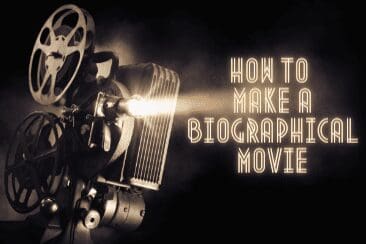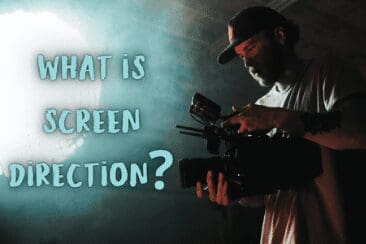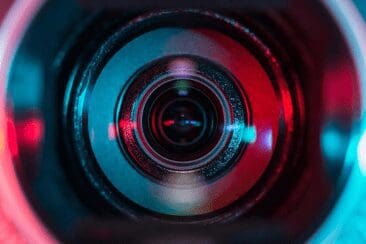The process behind producing a movie is extensive. Often the unsung hero of movies, editing is as crucial as any other important aspect. Despite its significance, it is commonly overlooked and misunderstood. In this guide, we want to educate you on film editing and how it is typically done.

We’ve all heard of film editing but are maybe less aware of its impacts on a movie. We blissfully indulge in smooth transition scenes and intelligible imagery without contemplating the creative process behind it. We wanted to help expand your understanding of the role. As well as emphasize its huge impacts on the final production.
Once not a concept within film production, editing has evolved into a fundamental tool that is used for every single piece of film. Without it, most films we love today would be unrecognisable.
What Is Film Editing?
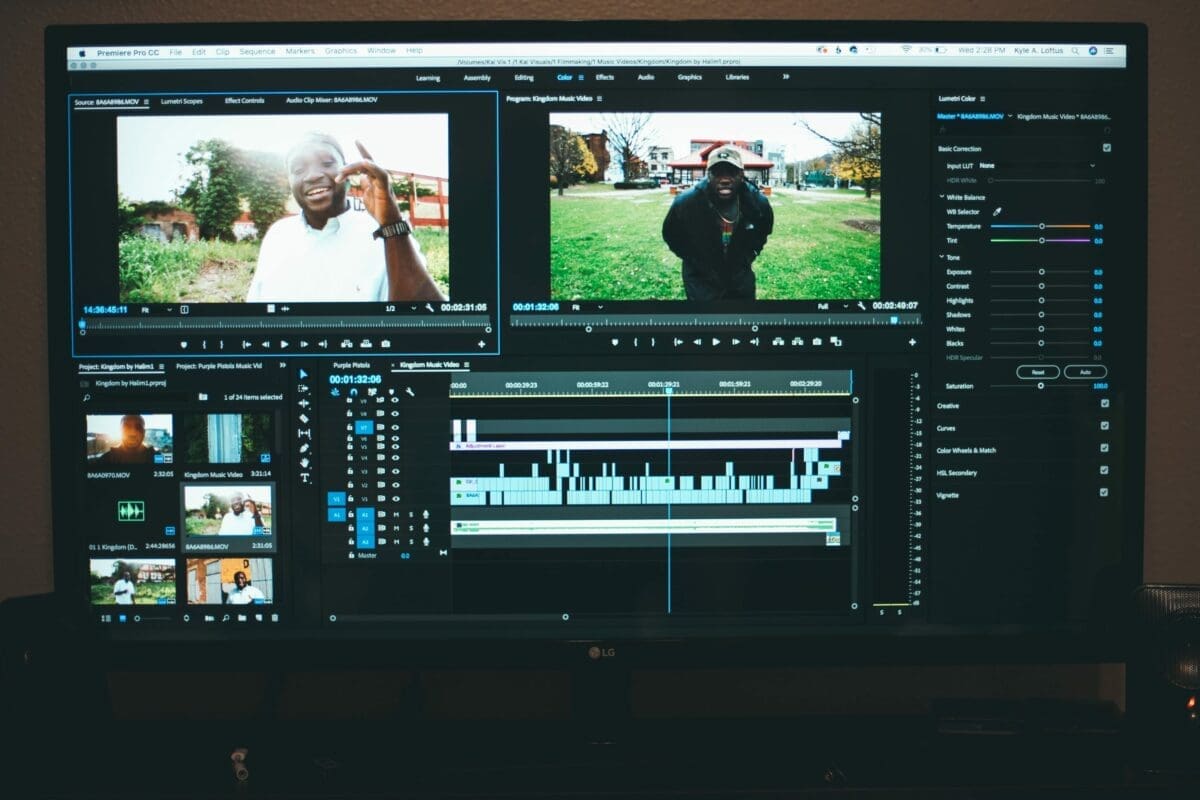
Film editing is the process that turns individual scenes and shots into a coherent motion picture. Shots are cut or assembled to combine into the final movie.
Cinematography isn’t enough to recreate a director or writer’s vision. Once you have a series of shots, you need to assemble them making them appear to be one single chronological shot. Editing is the process in which this happens. They take raw footage and refine it into the final film using multiple editing techniques.
What Does A Film Editor Do?

Editors have a monumental number of tasks subject to strict deadlines. A combination of creative freedom and film editing software is used to meet their demands. They are simply given a goal and an end vision. Meaning an editor must work independently to fulfill those requirements
Here’s a list of a few of the typical responsibilities of a film editor:
- Assemble all raw footage
- Work closely with the director
- Inputting uncut rushes and sound
- Digitally cutting files into usable content
- Work with all other key production staff
- Insert any sound and dialogue effects
- Review the final film
All About Film Editing
To know all about film editing there are many different aspects to understand.
Its significance, history, and other important influences will be the topic of this section.
Why Is Film Editing Important?
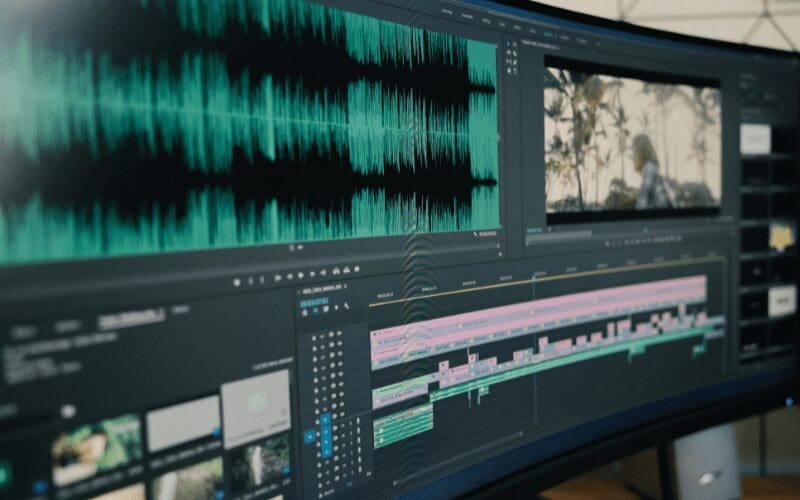
You might understand the editing process. But, its significance might still evade you.
Here, we will discuss some of the reasons why the editing process is important.
Making A Film Coherent
You need to ensure shot continuity of a film. Scenes need to transition seamlessly from shot to shot leaving the audience believing the film is one continuous story.
This is extremely important for shots filmed in different locations. The shots need to transition into one another naturally. Even if they were filmed months apart in different places.
Changing Audience Perception
The editing process greatly impacts the way we perceive a film. For example, jumping between two scenes during different times might highlight their significance with each other.
Alternatively, this can be used to encourage different emotions. In a horror film, cutting abruptly to a scary scene combined with eerie music will create fear in the audience.
Changing The Pace
The pace of a movie and its scenes are important to keep audiences engaged.
We want longer exposure of important scenes and less so for unimportant scenes. This is also the responsibility of the editor.
Film Editing History

Once, movies were continuous shots with no editing whatsoever. A moving picture was enough to wow and entice audiences. Today, editing has become an essential part of the process.
In the 1980s, the purpose of editing was to simply assemble frames into scenes. However, during the early 1900s, editing proved its ability to create the illusion of space and time.
The Great Train Robbery is a perfect example of this and was the catalyst for editing to be developed into what it is today. Back then, editing was realised as the key to making audiences believe. Instead of watching a recreation, we are deceived into believing what we are watching is real. The concept was taken further and applied to emotion. No matter what emotion is expressed by actors, editing could alter it.
With its significance and potential more understood, the art of editing has been further developed since then.
The Process

The process of editing a film has changed dramatically over the years. What once mainly consisted of a laborious cut and paste process of splicing is now a super fast and easy process with the aid of a flatbed machine.
With advancements in editing technology, these more petty jobs became easy to complete. This has allowed editors to devolve further into the creative side. Instead of just making a film look coherent, there are now endless opportunities.
The usual process of editing today is non-linear. With the majority of filming being digital, the editing process is saved until filming has been completed. All the scenes are automatically put into files. Making them easily accessible and editable for the editors.
Role Of Women
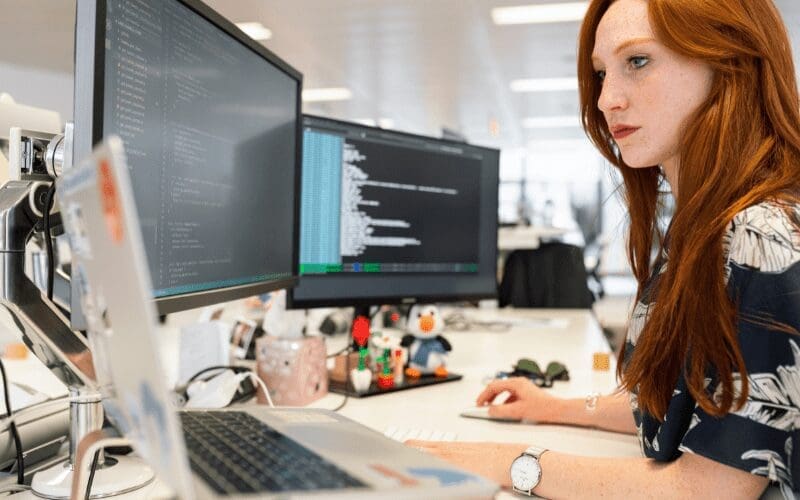
In the past and even today, getting a high-up role as a woman can be challenging. When you think of the most highly regarded directors and cinematographers, they are mostly all men. The film industry is no different from any in its bias toward men. Editing, however, breaks away from this prejudice.
The editing role has always been more applicable to women. Originally the role was considered more of a technical process rather than creative. This is the reason it was more open to women and less regarded by men. However, the creative input was recognised over time whilst women had already proved their ability in the role. Despite the fact the original reason isn’t so great, we love to see an aspect of the film industry dominated by talented women.
Editing Techniques In Film
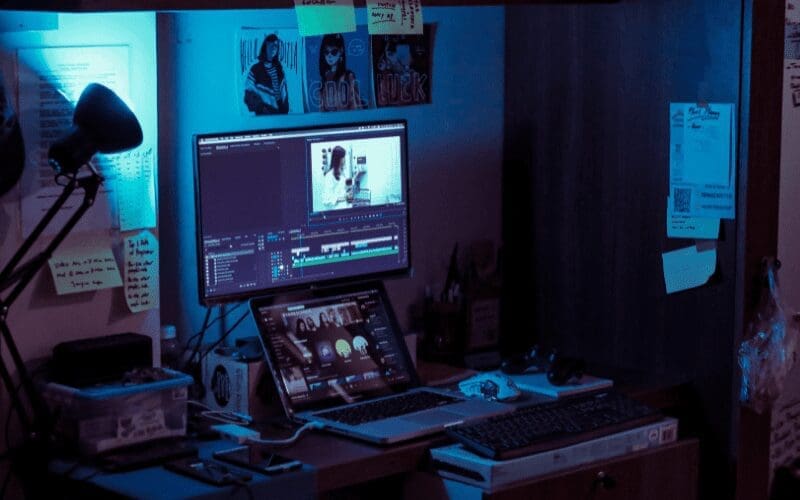
By now you should have a basic understanding of what film editing is, its importance, and its history.
Now, we will look at a few different editing techniques in film. The number of different techniques is extensive. So, we have covered some of the most commonly used.
Continuity Editing
This is the oldest and purest form of film editing. This is the illusion that space and time are running continuously throughout the film. To create this perfectly, an editor has to be precise. There should be no evidence that the scenes were not filmed simultaneously with one single character.
For example, if the actor’s hair is blowing in the wind and we cut to a different shot of the same scene, their hair must be blowing the same as it did in the original shot. This is where the most noticeable mistakes happen within a film.
Cross-Cutting
Cross-cutting is super common in movies. An easy example would be when a phone call is happening between two people in different locations. The shots cut between each character and their locations. This gives us locational references. Whilst also showing the significance of two separate events to each other.
This technique is used for much more than phone calls, however. Crosscuts are the go-to for creating dramatic, heart-pumping scenes. We might be following a soldier as he travels to a warzone. During this, the film could cut to scenes of the warzone that is the intended location of the soldier. Even though the events are happening simultaneously, we are seeing what is to come for the soldier and anticipate what will happen to him.
Cutaway
This is a more general technique that is used for less specific intentions. A cutaway is where a scene cuts abruptly from one shot to another. There are all sorts of reasons an editor might want to do this.
For example, if we are aware of two dramatic and significant events happening at the same time in a film, the scene might suddenly cut from one event to the other. This is to show the dramatic increase in the significance of the event.
|cta-link type=’sync-seller’|
Dissolve
The dissolve is another technique that can be used for many different purposes. This is where one scene is fading out with the next screen fading in at the same time. We see both the current ending scene and the upcoming scene simultaneously.
As we said, the reasons for doing this are extensive. You might want to show the significance of an object to a character, and so dissolve a scene focused on the object into a shot of the character.
Additionally, a character might be excited to attend an event but disappointed with the result. You could dissolve the two shots of them entering and leaving to highlight their change in emotions. The list goes on.
Fade
Fades are a less common technique but serve a specific purpose. Usually fading into a black background stressed that the scene has come to an end.
We often see this with the death of a character. Fading from them to a black screen represents the end of that character in the narrative.
Montage
Montages again usually serve a specific purpose. They are usually used to show a series of events that have happened over time.
For example, the narrative might jump 20 years ahead in the protagonist’s life. A montage might serve as a brief look into what happened over those 20 years.
J & L Cut
A J and L cut uses sound and imagery to alter the way audiences perceive certain scenes. A J cut is where audio from the upcoming scene is used in the current scene. Vice versa, an L cut is where sound from the previous scene continues into the new scene.
Again, this can be used for many different reasons. One such might be to try to highlight the significance of two separate scenes to each other. Visually they might have different actors, be in different locations, even different eras. The J and L cut can be used to unconsciously point out to the audience their significance to each other.
If you would like to read more about film editing techniques, check out our guide on Different Types Of Transitions In Film.
How To Edit A Movie

You should be nearly an editing expert by now. Here we will present 8 different types of film editing tips to make you the next film editing wiz.
Obviously, the software available to you will also impact the viability of editing. The best film editing software depends on what type of film you are working on and your intended editing process. Free video editing software is also available if you’re just getting into editing.
Keep It Sweet
During the whole editing process you need to keep one thing in mind, is this significant?
Every single movement, line, anything within the film should be significant. Does the character’s long walk to the bathroom portray a certain emotion or forbid a later event? No? Then get rid!
Everything in the film should play some role in telling the overall narrative.
Movements Are Your Friend
Editing separate scenes where characters are motionless to look singular is very hard.
Making cuts when characters are moving masks any potential alterations in the camera’s view. If the actor is not in the same position as the previous shot, it will appear to be because of the movement.
Make It Clear
The last thing you want is for audiences to question the purpose or result of a significant event or character moment. Editing is your chance to make these maybe subtle messages more than obvious to audiences.
For example, if a character is experiencing consequences from a previous event, you could use a flashback cutaway to that event to make sure audiences are aware that was the cause.
Don’t Forget Audio
It’s easy for an editor to focus on the visuals and leave the audio editing out. This is an aspect to never be overlooked. Treat the audio as you would the visuals. If you want to create a dramatic effect you could use a cutaway.
Similarly for music, cutting music dramatically will achieve this and can be done in a singular shot. The impact audio can have on audiences is never to be underestimated.
Use Motivated Cuts
Motivated cuts are used to show any slight significance between two events. A well-used example of this is the slow widening of a character’s eyes before the scene cuts to what they are looking at. The cut highlights that their reaction is to what is in that following scene.
Insert Shots
These usually zoom in on a specific item to show its importance. In a murder film, for example, you could see an insert shot of a clue.
Cut Visuals & Audio Separately
If the audio and visuals are both cut for a scene simultaneously, the audience’s attention is dramatically brought to the cut.
Alternate these and take certain elements across the cut to make them more seamless.
Use A Separate Monitor
This is more just friendly advice. Using two monitors to edit a film’s motion graphics can make things a lot easier.
Whilst working on one scene you might be referencing the previous scene constantly. Having two monitors will simply make your job easier.
Now You Know Everything About Film Editing

That was our guide on film editing!
There’s a lot to take in as editing a film is no easy task. The combination of trying to create an already perceived concept whilst bringing in new creative aspects leaves editors in a high-pressure position. They have to determine what techniques and software should be used to best produce the intended results. How to edit a movie is left nearly entirely up to them, meaning the responsibility alone can be stressful.
Would you like to learn more about movies and the filmmaking process? Then make sure that you check out the blog here at Мusic Gateway! Here you can discover great articles like How to Become a Filmmaker, How to Write a Script, our guide on What Is Screen Direction and so much more!
Are You A Filmmaker?
Need financial backing to support your project? Our film investment can back projects of all sizes from independent short films to major releases covering all corners of the globe. If that wasn’t enough, promote your work, list your upcoming films and allow fans to pre-order or buy them with your very own Showcase site. Finally, with our concierge and service and extensive music library, allow us to help you find music for your film. Check out our Music Licensing service for starters!







